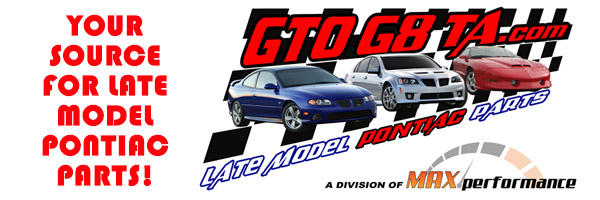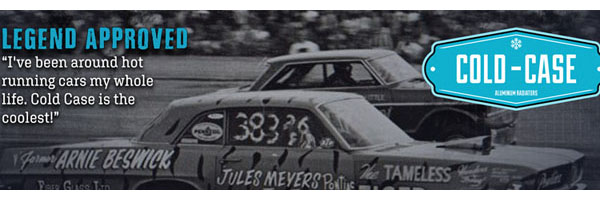Quote:
Originally Posted by mgarblik

I bore without a plate and ALWAYS hone with a plate. I leave .005-.007" for honing depending on the job. My boring mill makes using a plate very difficult and not really necessary if you leave enough material to hone. Also, one less operation which would save the customer about $100.00.
|
This is the way we did it at the shop I worked at.
Quote:
Originally Posted by Dragncar

... I had long conversations with Dan Whittmore on this. He told me you not only need to hone it with a tq plate you need to bore it with one "if you want your bore to be ROUND". That is a direct quote. The guy was anal about such things.....
|
I understand being anal, but round is round.
Once the honing is done, per the technique above, the bores would be round and taper-free within +/- .0001" Well, that is until you unbolted the torque plate, then they'd go out of round as the block relaxed. Bolt the heads on and measure from the bottom and back to round though they were never perfect. Still, way better than without the torque plate. Near as I can figure, a torque plate is not a head and the stresses on the block end up being slightly different between the two.
A good plateau-hone, the proper cross hatch pattern, and some moly faced rings and an engine will seal up almost instantly.






 Linear Mode
Linear Mode



